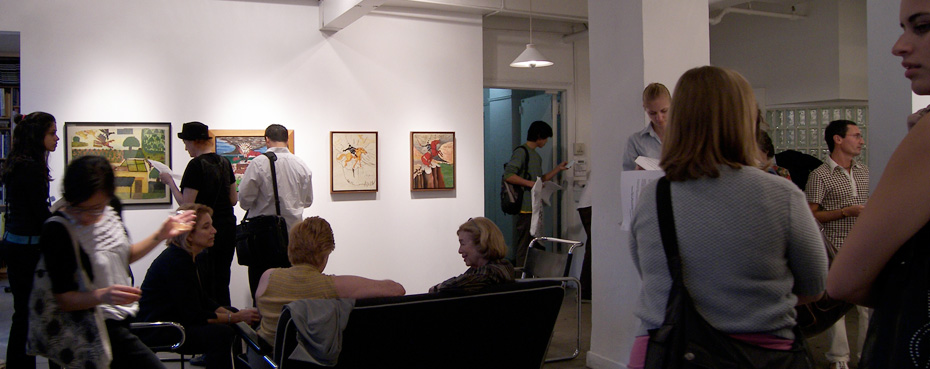Phyllis Kind Announces Retirement Summer 2009

Phyllis Kind has decided to retire as an art gallery owner and dealer.
Initially exhibiting master prints and drawings, she opened her first gallery in Chicago in 1967. At that time a group of young artists was emerging in Chicago who were making personal, complex, narrative statements at a time when critical attention in New York was mainly directed at "mainstream art."
It was this very exciting ground-breaking phenomenon in Chicago that prompted Ms. Kind to become involved with living artists. By 1970, she had established a stable of artists there, many of whom later became known as Chicago Imagists.
By the time Phyllis Kind opened in SoHo in 1975, her stable had become finely honed.
Early in her career, Ms. Kind developed an interest in contemporary American and European Art Brut.
She began using the gallery as a showcase to investigate and promote Outsider Art within the context of the contemporary art dialogue, and it was this investigation that became the core of her concentration. Her gallery was the first to promote such work, including artists such as Martin Ramirez, Adolf Woelfli, Henry Darger, Howard Finster, Joseph Yoakum, and Carlo Zinnelli.
In February 1986 Ms. Kind visited the Soviet Union and fell in love with the work of a number of "unofficial" artists that led to the first showing of Soviet art in the West in May 1987.
Phyllis always maintained her involvement in showing the work of contemporary artists, including
but not limited to Robert Colescott, Hiroyuki Doi, Gillian Jagger, Alison Saar, and Domenico Zindato.
From its inception and throughout its over 40 years, the Phyllis Kind Gallery continually searched for work that was unique and as transformational as possible, with well-crafted and personal elements. Phyllis sought to promote artists, schooled or unschooled, who have developed a personally consistent vocabulary of form that was both complex and wide-ranging. She has always believed in the primary individuality of human creativity which is never without reference to its time.
Art critic Edward M. Gómez's article, published in the winter 2009/2010 issue (no. 68) of Raw Vision, looks back on Phyllis Kind's illustrious career and at her legacy.